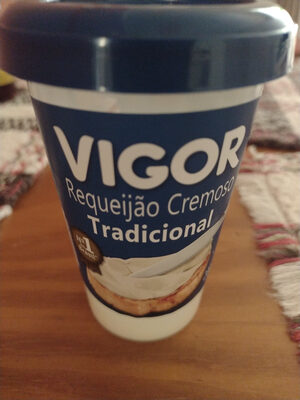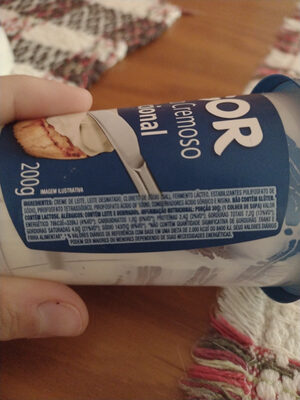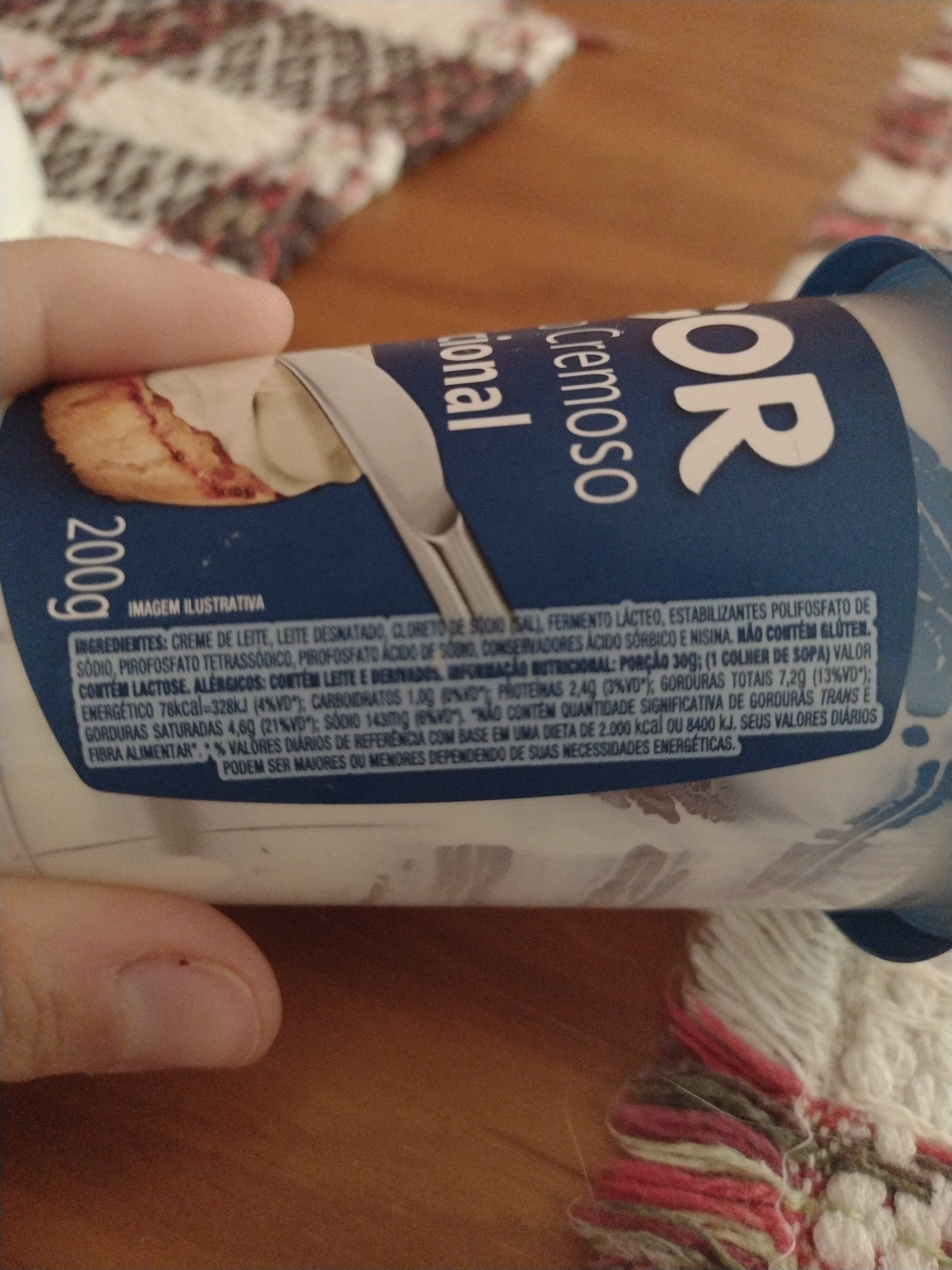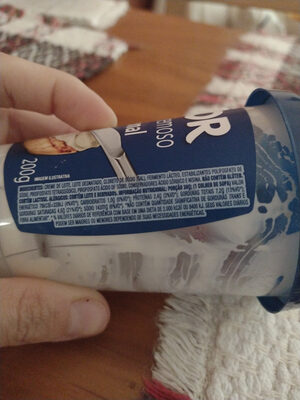vigor requeijão cremoso tradicional - 200 g
Ambiguous barcode: This product has a Restricted Circulation Number barcode for products within a company. This means that different producers and stores can use the same barcode for different products.
×
This product page is not complete. You can help to complete it by editing it and adding more data from the photos we have, or by taking more photos using the app for Android or iPhone/iPad. Thank you!
×
Barcode: 08477224
Quantity: 200 g
Packaging: Plastic
Brands: Vigor
Categories: Dairies, Fermented foods, Fermented milk products, Cheeses
Origin of ingredients: Brazil
Manufacturing or processing places: são Paulo SP Brasil
Link to the product page on the official site of the producer: http://www.vigor.com.br
Stores: supermercado zona sul
Countries where sold: Brazil
Matching with your preferences
Environment
Carbon footprint
Packaging
Transportation
Report a problem
Data sources
Product added on by openfoodfacts-contributors
Last edit of product page on by ecoscore-impact-estimator.
Product page also edited by luci-schi, off.943055a2-87d0-42ff-9b50-2ac551ccda0d, packbot.










